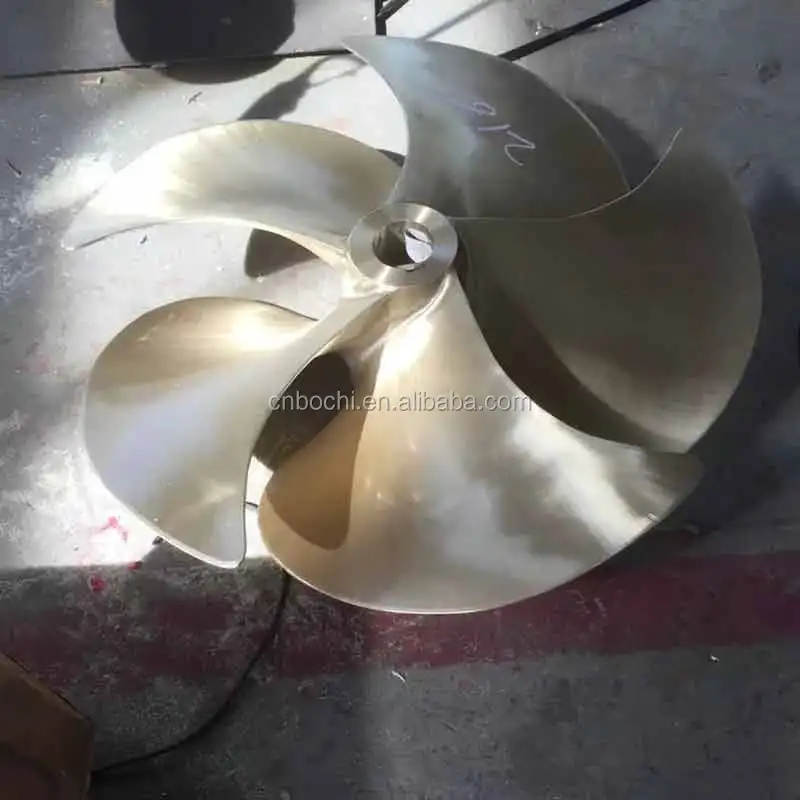

This information usually consists of two to four sets of numbers and letters. Typically, most propellers will have specific information engraved on them. If it wasn’t theoretical, we would go as far as saying “the bigger the pitch, the better the prop”. That’s slicing through the water! It’s important to keep the key term in mind here – theoretical distance. Now, imagine the equivalent distance (19 inches per turn of the prop) at 6,000 RPMs!

The pitch is defined as the “theoretical distance” the prop will move through the water in one revolution, or turn.įor example, a 19 pitch prop is theoretically going to move 19 inches through the water in one single revolution. The diameter, like that of a circle, is how big around the prop is. Truly understanding how props work is paramount to the life of your boat, it’s fuel consumption and its overall performance.Ī propeller is measured in diameter and in pitch. Ranging from smaller to larger props, twin-blade to six-blade, and more. They come in all types of styles, shapes, sizes, and materials. Props are to a boat what wheels are to a car. Determining the correct size propeller for your boat comes down to your boat’s specific RPM range, rev limiter setting and what the purpose of your boating is.ĭetermining the correct size prop for your boat comes down to your boat’s specific RPM range, rev limiter setting and what the purpose of your boating is. How having a proper, suitable prop for your boat can make all the difference between a properly functioning craft, huge repair costs, stress-free boating, and a complete wallet-vandalizing nightmare!ĭoes Your Boat Have The Right Propeller? W hen it comes to propping a boat, there isn’t a “one-size-fits-all” approach.


 0 kommentar(er)
0 kommentar(er)
